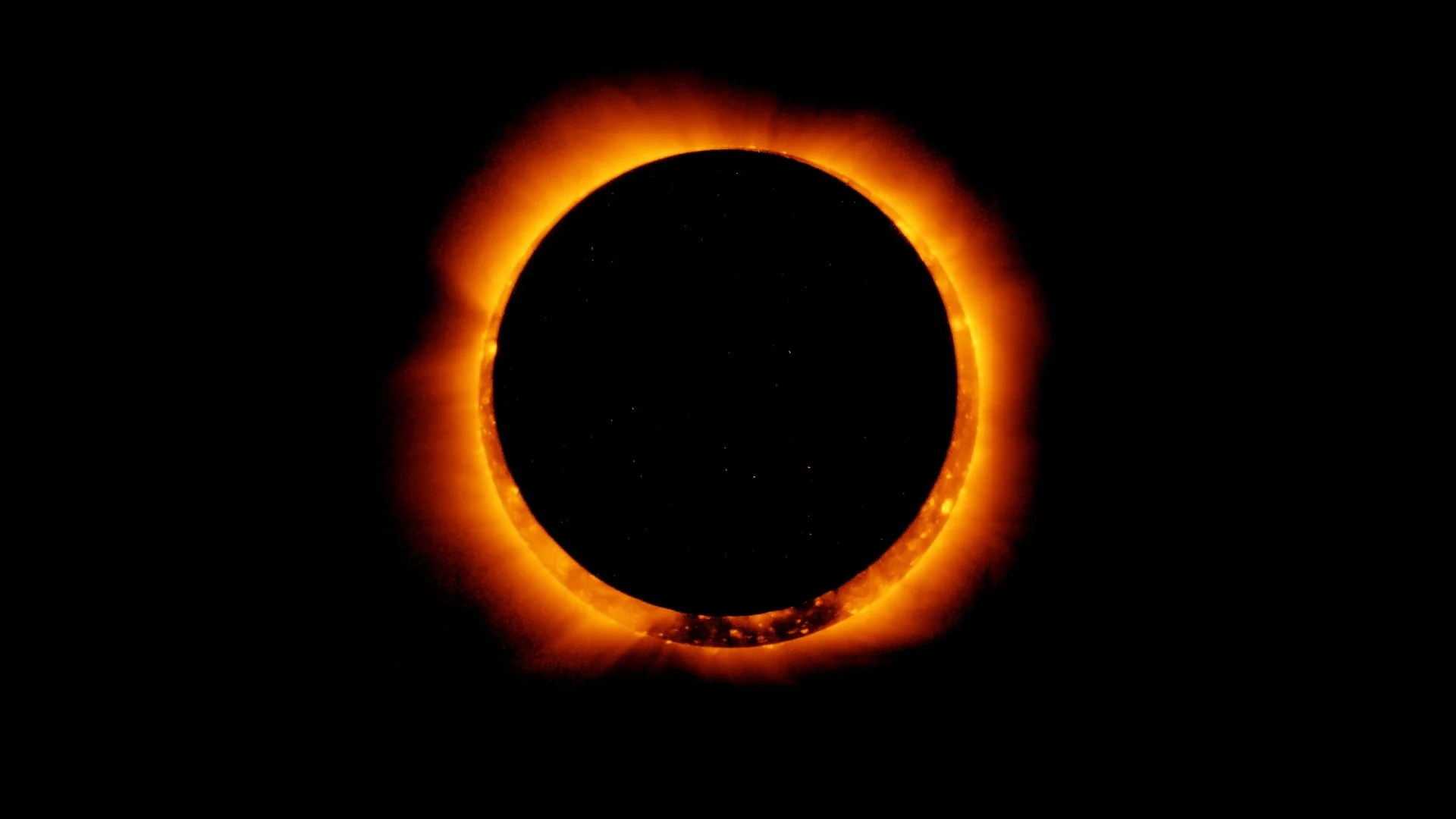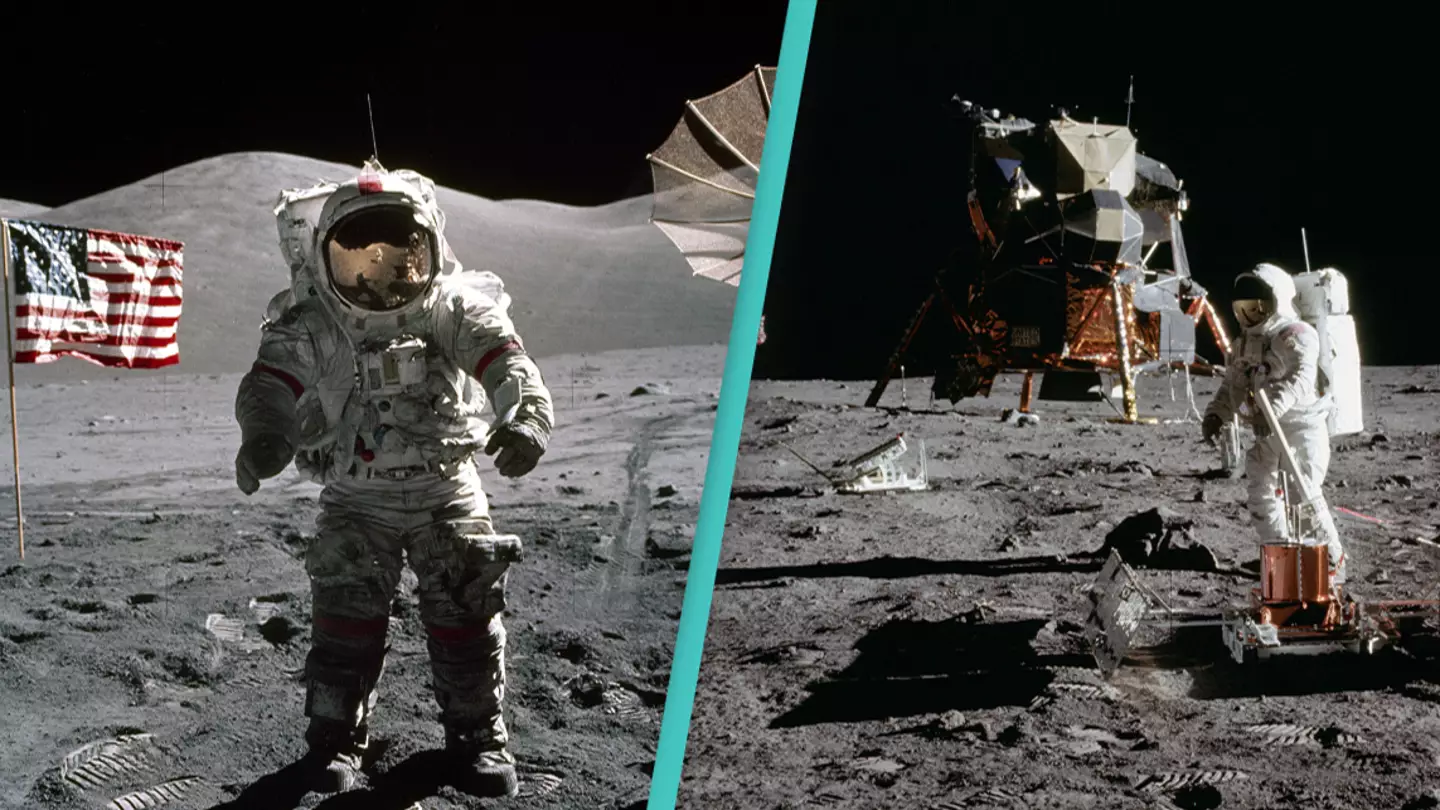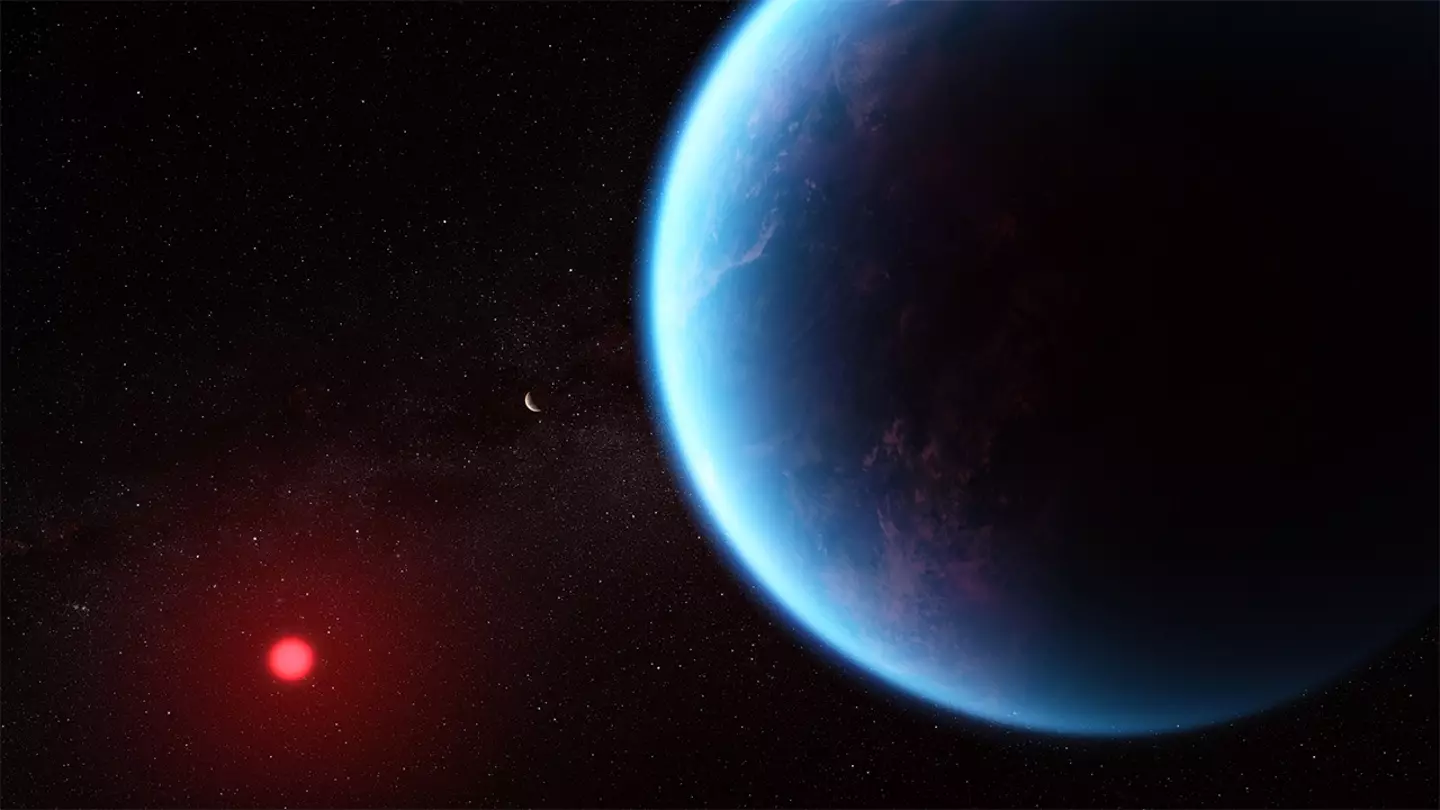
Step 1: Scan the Image Methodically
Start by scanning the image systematically. Divide the image into sections, either mentally or physically if you’re able to mark on it, and examine each section thoroughly before moving to the next. This prevents you from missing details and helps ensure a comprehensive inspection.
Step 2: Look for Inconsistencies
Mistakes often stem from inconsistencies within the image. These can include:
- Mismatched shadows or lighting: Check if the shadows are consistent with the light source. Mismatched shadows or lighting can indicate something is out of place.
Proportional errors: Objects that are disproportionate in size relative to their surroundings might be a mistake.
Repetition or duplication: Look for objects or patterns that are unnecessarily repeated, which can suggest a copy-paste error.
Color discrepancies: Differences in color that don’t fit the context can also be a clue. For instance, an odd-colored object in an otherwise uniformly colored setting.
Step 3: Identify Contextual Mistakes
Contextual mistakes are those that don’t fit within the scene’s logic or setting:
- Out-of-place objects: An object that clearly doesn’t belong in the scene (e.g., a modern gadget in a historical setting).
Geographical inaccuracies: Landmarks or natural features that don’t match the location being depicted.
Temporal inconsistencies: Items that don’t belong to the era or time period of the image.
Step 4: Check for Anatomical or Structural Errors
For images involving people, animals, or architecture, anatomical or structural errors can be a dead giveaway:
- Human and animal anatomy: Look for missing limbs, extra fingers, or other anatomical impossibilities.
Building structures: Examine architectural elements like doors, windows, and stairs to see if they make sense structurally.
Step 5: Use Magnification Tools
If the image is digital, use zoom tools to magnify sections of the image. This can help you catch small errors that might be missed at a normal viewing distance.
Step 6: Take Breaks and Reassess
Sometimes stepping away from the image for a few minutes and then coming back to it can give you a fresh perspective. Your brain might catch something it previously overlooked.
Common Examples of Huge Mistakes in Images
To give you an idea, here are some common mistakes often found in images:
- Misplaced body parts: An arm or leg positioned unnaturally or seemingly attached to the wrong person.
Background anomalies:A skyline that doesn’t match the city being shown, or reflections that don’t align with the rest of the image.
Editing errors: Visible cut lines, blur marks, or remnants of the original image that weren’t fully removed.
Cultural and historical inaccuracies: Objects or clothing that don’t fit the depicted culture or historical period.
Finding the huge mistake in an image requires a keen eye, attention to detail, and sometimes a bit of background knowledge about the context of the image. By methodically scanning the image, looking for inconsistencies, and understanding common types of mistakes, you can improve your ability to spot errors and enjoy the challenge of these visual puzzles. So go ahead, take a close look, and see if you can find that huge mistake!





